
Introduction
The Greyhound is a breed renowned for its speed, elegance, and gentle nature. Historically bred for hunting and racing, Greyhounds have transitioned into affectionate companions, known for their calm demeanor and unique physique. This comprehensive guide explores the Greyhound’s origins, physical characteristics, dietary needs, grooming practices, training, and more.
Breed History and Origins
Greyhounds have an ancient lineage, with depictions found in Egyptian art dating back over 4,000 years. They were esteemed in various cultures for their hunting prowess and noble bearing. The breed was further refined in Great Britain, where it became associated with royalty and the aristocracy. Greyhounds were primarily used for coursing game and later gained prominence in the sport of Greyhound racing. Wikipedia

Physical Characteristics and Weight Chart
Greyhounds are characterized by their tall, slender build, deep chest, and long legs, contributing to their remarkable speed. They possess a short, smooth coat and a distinctive “S-shaped” silhouette.
Weight and Height Chart:
| Age | Weight (lbs) | Height (inches) |
|---|---|---|
| 2 months | 15–20 | 12–14 |
| 4 months | 25–35 | 16–20 |
| 6 months | 40–50 | 22–24 |
| 9 months | 50–60 | 25–27 |
| 12 months | 60–70 | 27–30 |
| Adult Male | 65–70 | 28–30 |
| Adult Female | 60–65 | 27–28 |
Note: Individual growth rates may vary; consult with a veterinarian for personalized assessments.
Coat Colors and Grooming

Greyhounds exhibit a variety of coat colors, including black, white, red, blue, fawn, brindle, and combinations thereof.
Grooming Tips:
- Brush weekly with a soft-bristled brush to remove loose hair and distribute skin oils.
- Bathe as needed, typically every few months, using a gentle dog shampoo.
- Regularly check and clean ears to prevent infections.
- Trim nails monthly to avoid overgrowth and discomfort.
- Brush teeth several times a week to maintain oral health.
Lifespan and Health
Greyhounds typically live between 10 to 13 years. They are generally healthy but may be prone to certain conditions:
- Bloat (Gastric Dilatation-Volvulus): A life-threatening condition requiring immediate veterinary attention.
- Osteosarcoma: A type of bone cancer more prevalent in this breed.
- Anesthesia Sensitivity: Due to low body fat, Greyhounds may have heightened sensitivity to certain anesthetics.
Regular veterinary check-ups and a balanced diet can help mitigate health risks.
Diet and Nutritional Needs
- USDA Certified Organic, Non-GMO Verified.
- Main ingredient is organic chicken! No wheat, corn, or soy!
- The perfect bite sized training treats made in small batches for freshness, quality, and safety!
- Offer a single source meat protein! Free of corn, wheat and soy!
- These soft chews are supple, making it easy to break into smaller pieces
- Each treat is under 4 calories, the ideal treat when counting calories
- Made from a short list of ingredients that will help you treat your pet right
- Offering three flavored treats of chicken, beef, and rice
- Cold formed, then oven-baked to perfection
- 100% Complete and Balanced: This dry dog food recipe is 100% complete and balanced for adult dogs and contains a high-qu…
- Quality Recipe: This dry dog food recipe is made with non-GMO ingredients; no chicken by-product meal, corn, wheat, or s…
- Supports Healthy Vitality: This dry dog food recipe supports healthy skin and coat, digestion, and immunity to help supp…
Greyhounds require a diet rich in high-quality proteins and fats to support their lean muscle mass and energy levels.
Essential Nutrients:
- Protein: Supports muscle development and maintenance.
- Fats: Provides energy and supports skin and coat health.
- Carbohydrates: Supplies energy; opt for complex carbs like brown rice and sweet potatoes.
- Vitamins and Minerals: Essential for overall health; ensure a balanced intake.
Feeding Guidelines:
- Puppies: Feed a puppy-formulated diet 3–4 times daily.
- Adults: Provide 2 meals per day, adjusting portions based on activity level and weight.
- Seniors: Consider senior-specific diets to accommodate changing nutritional needs.
Always provide fresh water and consult with a veterinarian for personalized feeding recommendations.

Supplements
While a balanced diet is paramount, certain supplements may benefit Greyhounds:
- Glucosamine and Chondroitin: Support joint health.
- Omega-3 Fatty Acids: Promote healthy skin and coat.
- Probiotics: Aid in digestive health.
- Multivitamins: Ensure comprehensive nutrient intake.
Consult with a veterinarian before introducing any supplements to your dog’s regimen.
Reproduction and Litter Size
Greyhounds typically have litters ranging from 1 to 12 puppies, with the average being around 6. Factors such as the mother’s age, health, and genetics can influence litter size.
Training and Exercise

Despite their athletic build, Greyhounds are known for their calm demeanor and are often referred to as “45-mile-per-hour couch potatoes.”
Training Tips:
- Positive Reinforcement: Use treats and praise to encourage desired behaviors.
- Consistency: Maintain a regular training schedule to reinforce learning.
- Socialization: Expose your Greyhound to various environments.
Greyhounds are renowned for their speed and grace, but there’s much more to this ancient breed than meets the eye. Here are 10 fascinating facts about Greyhounds:
- Ancient Lineage: Greyhounds are among the oldest dog breeds, with origins tracing back over 8,000 years to ancient Egypt. They were revered by pharaohs and often depicted in art and hieroglyphs.
- Speed Demons: Capable of reaching speeds up to 45 mph (72 km/h), Greyhounds are the fastest dog breed and second only to the cheetah among land animals.
- Unique Running Style: When sprinting, Greyhounds spend approximately 75% of their time airborne, showcasing their exceptional agility and stride.
- Not Always ‘Grey’: Despite their name, Greyhounds come in a variety of colors, including black, white, fawn, brindle, and blue, with over 55 recognized color combinations.
- Sleep Enthusiasts: Greyhounds are known for their love of rest, often sleeping between 16 to 18 hours a day, and sometimes up to 22 hours, especially after retirement from racing.
- Gentle Companions: Known for their calm and affectionate nature, Greyhounds make excellent family pets and are often described as ‘couch potatoes’ due to their relaxed demeanor indoors.
- Sensitive Souls: Greyhounds have thin skin and low body fat, making them sensitive to extreme temperatures. They often require coats in cold weather to stay warm.
- Excellent Vision: As sighthounds, Greyhounds have a keen sense of sight and can detect movement from great distances, a trait that made them exceptional hunters.
- Quiet Demeanor: Unlike many breeds, Greyhounds are not prone to excessive barking, making them suitable for apartment living and close-knit communities.
- Adoption Opportunities: Many retired racing Greyhounds are in need of loving homes. Organizations worldwide facilitate their adoption, offering these gentle dogs a second chance at family life.
Greyhounds are a blend of athleticism and affection, making them unique companions for those who appreciate their serene and loving nature.


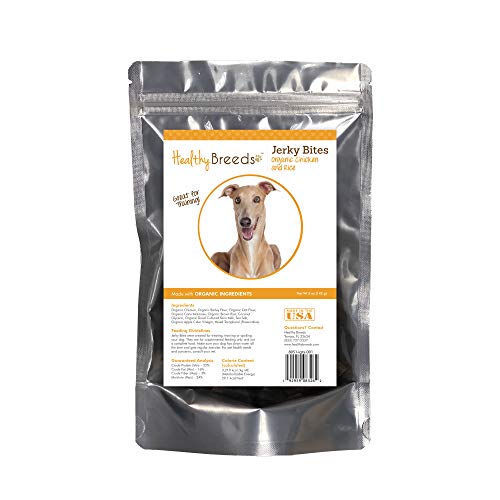

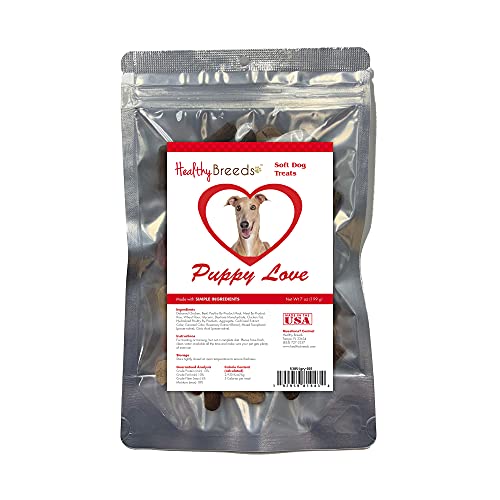
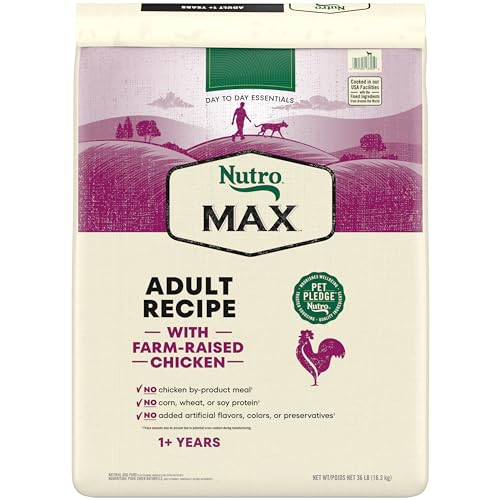
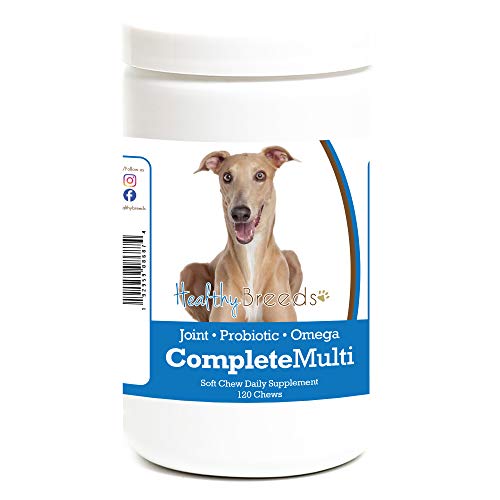

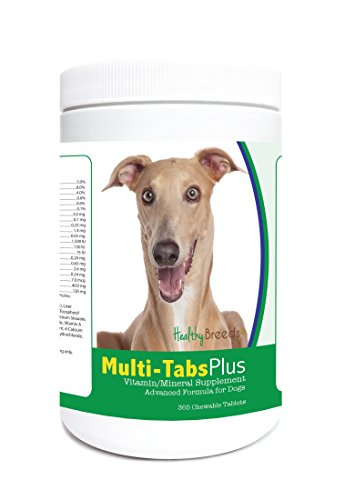
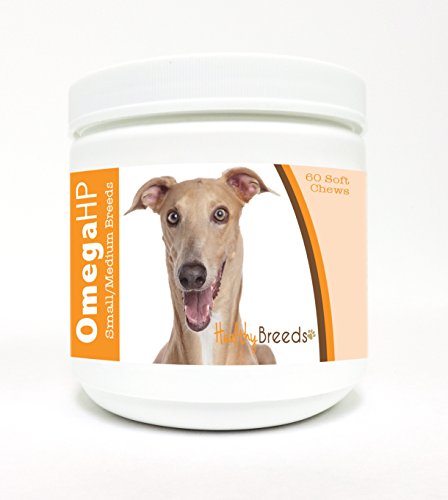

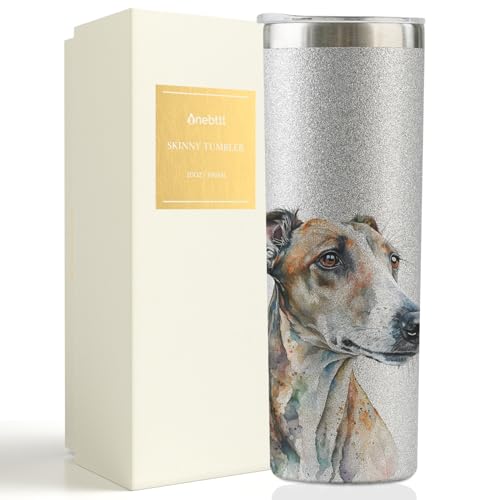

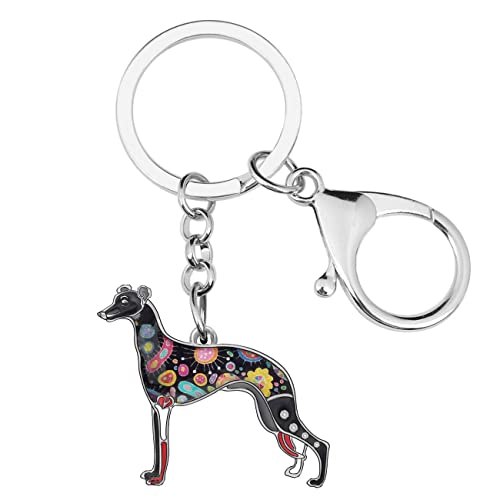

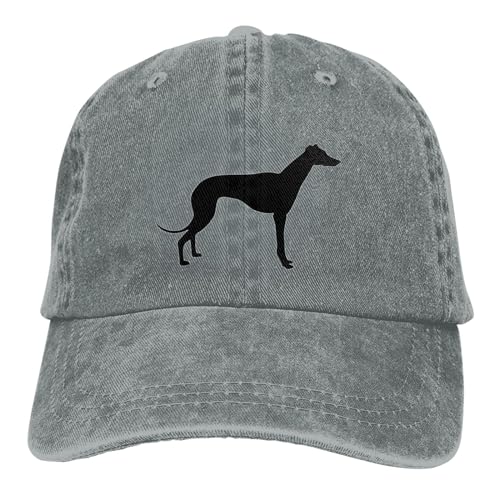
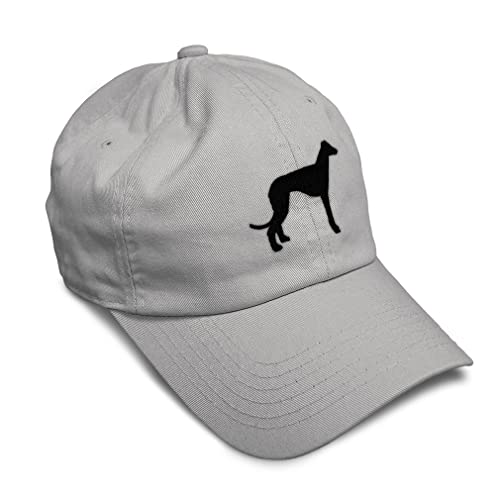

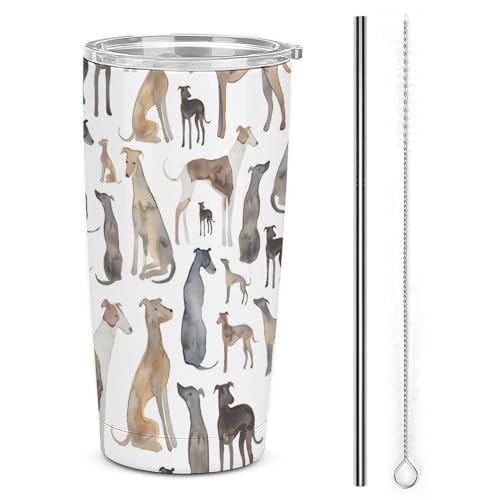
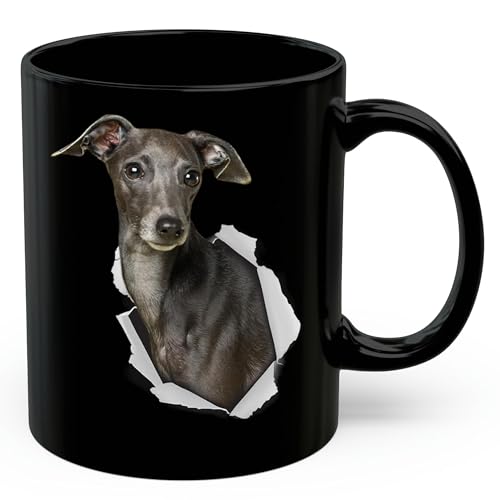



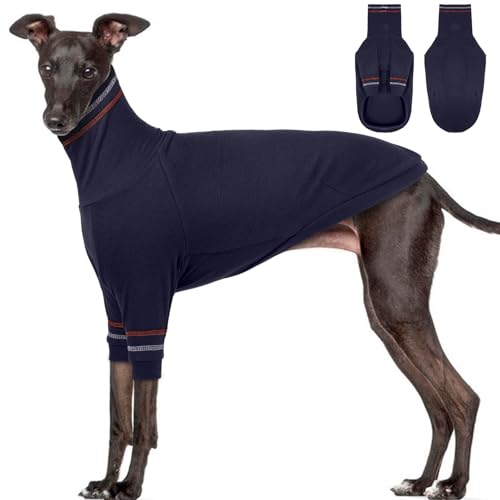

Leave a Reply